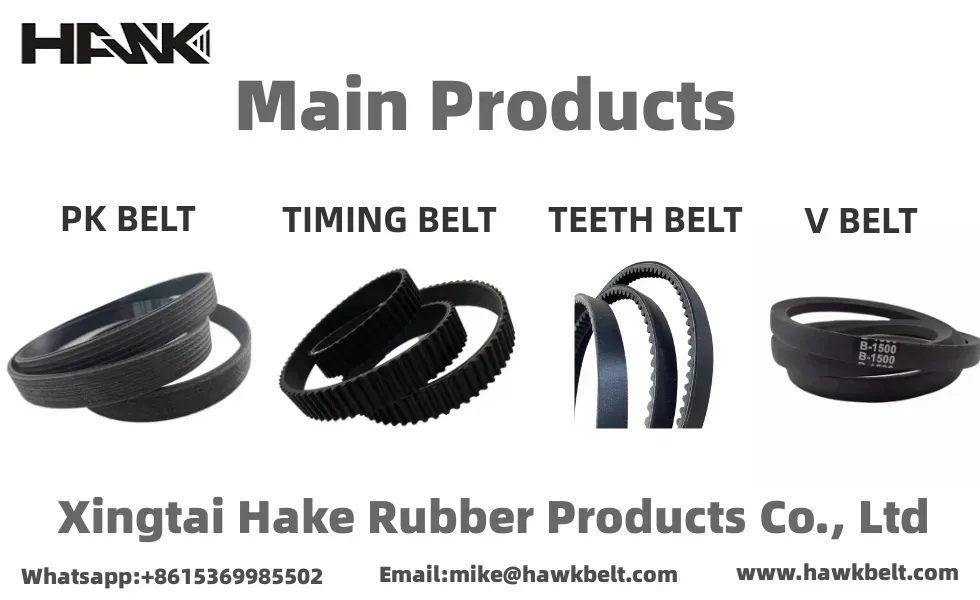- Arabic
- French
- Russian
- Spanish
- Portuguese
- Turkish
- Armenian
- English
- Albanian
- Amharic
- Azerbaijani
- Basque
- Belarusian
- Bengali
- Bosnian
- Bulgarian
- Catalan
- Cebuano
- Corsican
- Croatian
- Czech
- Danish
- Dutch
- Afrikaans
- Esperanto
- Estonian
- Finnish
- Frisian
- Galician
- Georgian
- German
- Greek
- Gujarati
- Haitian Creole
- hausa
- hawaiian
- Hebrew
- Hindi
- Miao
- Hungarian
- Icelandic
- igbo
- Indonesian
- irish
- Italian
- Japanese
- Javanese
- Kannada
- kazakh
- Khmer
- Rwandese
- Korean
- Kurdish
- Kyrgyz
- Lao
- Latin
- Latvian
- Lithuanian
- Luxembourgish
- Macedonian
- Malgashi
- Malay
- Malayalam
- Maltese
- Maori
- Marathi
- Mongolian
- Myanmar
- Nepali
- Norwegian
- Norwegian
- Occitan
- Pashto
- Persian
- Polish
- Punjabi
- Romanian
- Samoan
- Scottish Gaelic
- Serbian
- Sesotho
- Shona
- Sindhi
- Sinhala
- Slovak
- Slovenian
- Somali
- Sundanese
- Swahili
- Swedish
- Tagalog
- Tajik
- Tamil
- Tatar
- Telugu
- Thai
- Turkmen
- Ukrainian
- Urdu
- Uighur
- Uzbek
- Vietnamese
- Welsh
- Bantu
- Yiddish
- Yoruba
- Zulu
dec . 12, 2024 18:17 Back to list
serpentine belt use
Understanding the Importance and Use of the Serpentine Belt
The serpentine belt is a crucial component found in most modern vehicles, playing an essential role in the efficient operation of various engine accessories. Often made from durable rubber or synthetic materials, this continuous belt can power multiple engine functions such as the alternator, power steering pump, water pump, air conditioning compressor, and more, all from a single belt system. In this article, we'll delve into the function, maintenance, signs of failure, and the overall importance of the serpentine belt in your vehicle.
Functionality of the Serpentine Belt
The serpentine belt is designed to wrap around several pulleys in the engine, creating a continuous loop. Its primary objective is to transfer power from the engine’s crankshaft to the various accessories that require it. This is achieved through the rotation of the crankshaft which, in turn, spins the serpentine belt. The belt's ability to power multiple components simultaneously allows for a more compact engine design, reducing the number of belts required compared to older vehicles that often had multiple V-belts.
The serpentine belt's design also incorporates a tensioner, which maintains the appropriate level of tension on the belt, ensuring efficient power transfer and preventing slippage. This tensioner is critical, as a loose serpentine belt can lead to poor performance of the vehicle's accessories and can even cause overheating in the engine if the water pump is unable to circulate coolant effectively.
Maintenance of the Serpentine Belt
Proper maintenance of the serpentine belt is vital for the longevity of your vehicle's engine and its accessories. Typically, serpentine belts can last anywhere from 50,000 to 100,000 miles, but this can vary based on driving conditions, environment, and vehicle usage. Regular inspections are recommended to ensure that the belt remains in good condition.
When checking the serpentine belt, look for signs of wear and tear, such as cracks, fraying, or glazing (a shiny appearance on the surface of the belt). Additionally, listen for unusual noises while the engine is running; a squealing sound is often an indication that the belt is slipping or that the tensioner is failing. It’s prudent to replace the serpentine belt at the manufacturer’s recommended interval or sooner if any signs of wear are detected.
Signs of Serpentine Belt Failure
serpentine belt use

Ignoring the state of your serpentine belt can lead to significant issues down the line
. Here are some common signs that your serpentine belt may be failing1. Squealing Noise If you hear a high-pitched squeal from the engine compartment, especially when starting the vehicle, this is a common symptom of a worn or loose serpentine belt.
2. Power Steering Failure Since the power steering pump is often driven by the serpentine belt, a failing belt may lead to difficulty in steering, especially at low speeds.
3. Overheating Engine A malfunctioning serpentine belt can impair the function of the water pump, leading to inadequate coolant circulation and potential overheating.
4. Battery Warning Light If the alternator isn’t being properly powered, your battery may not charge correctly, triggering the battery warning light on your dashboard.
5. Accessory Malfunctions If multiple accessories (like the air conditioning or power steering) stop functioning simultaneously, it might indicate a failure in the belt system.
Conclusion
In conclusion, the serpentine belt is an integral part of your vehicle's operation. Regular maintenance and timely replacement are essential to ensure that it continues to function effectively. Understanding the role of the serpentine belt and recognizing the signs of its wear can save you from more significant problems and expensive repairs in the future. Always refer to your vehicle’s owner manual for specific recommendations about maintenance schedules and adhere to those guidelines to keep your vehicle running smoothly. By being proactive about the serpentine belt, you can help ensure the longevity and reliability of your vehicle.
-
Korean Auto Parts Timing Belt 24312-37500 For Hyundai/Kia
NewsMar.07,2025
-
7PK2300 90916-T2024 RIBBED BELT POLY V BELT PK BELT
NewsMar.07,2025
-
Chinese Auto Belt Factory 310-2M-22 For BMW/Mercedes-Benz
NewsMar.07,2025
-
Chinese Auto Belt Factory 310-2M-22 For BMW/Mercedes-Benz
NewsMar.07,2025
-
90916-02660 PK Belt 6PK1680 For Toyota
NewsMar.07,2025
-
drive belt serpentine belt
NewsMar.07,2025

